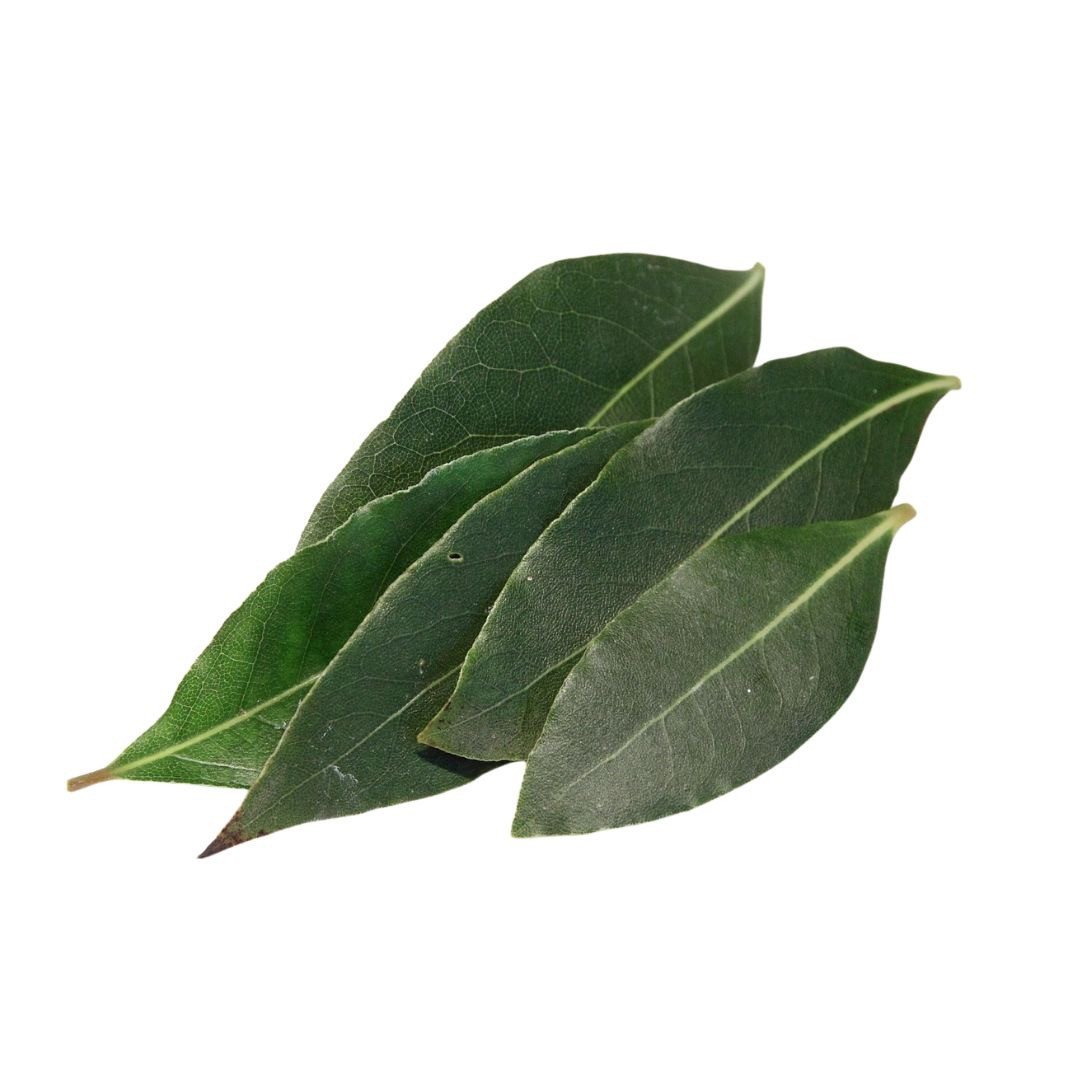Bay tree / Bay laurel

Bay tree / Bay laurel
Laurus
Plant family
Laurel family (Lauraceae)
Also known as
Sweet Bay, True Laurel, Grecian Laurel
Season Overview
Propagating
Planting
Harvest
Harvest
J
F
M
A
M
J
J
A
S
O
N
D
1ST YEAR
FOLLOWING YEARS
Details
Light requirement
Sunny
Water requirement
Dry
Soil
Light (sandy)
Nutrient requirement
Low
Light germinator
Germination temperature
20 - 25 °C (Degrees Celsius)
Plant distance
500 cm
Row spacing
500 cm
Seeding depth
1 cm
Instructions
Description
Laurel is part of the laurel family (Lauraceae). Laurel grows conical and can reach 10 m wide and 12 m high. Belongs to the preparation of sauerkraut and red cabbage. In ancient Rome, laurel wreaths were popular and a sign of prestige. Good for seasoning when cooking or drying and as a medicinal, but can also cause allergic reactions in some people. Dioecious plant. The white flowers can be seen on the laurel between March and May. The fruits are monocarpic and shiny blue-black.
Origin:
Near East
Growing tips
Laurel needs a lot of heat and is sensitive to cold, so in our country is recommended to cultivate in a pot, because in the open field in winter is often too cold. Propagation by seed or cuttings not quite uncomplicated and seeds are only available in the female plants of laurel. For cuttings, cut 20 cm long shoots in August or September. Shape cut the laurel in March. Harvest the leaves in autumn or spring and not in summer, when the laurel grows strongly.
Companion Plants
Antagonistic Plants
Diseases
Root Rot
Pests
Mealybugs
Spider mites
Schildläuse